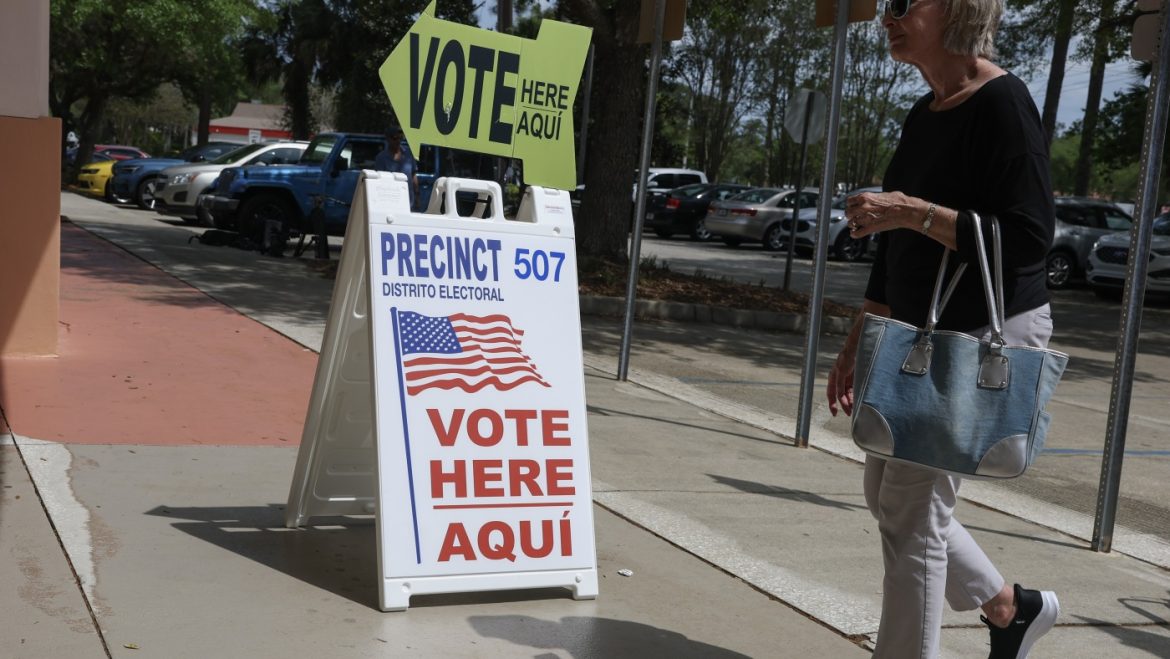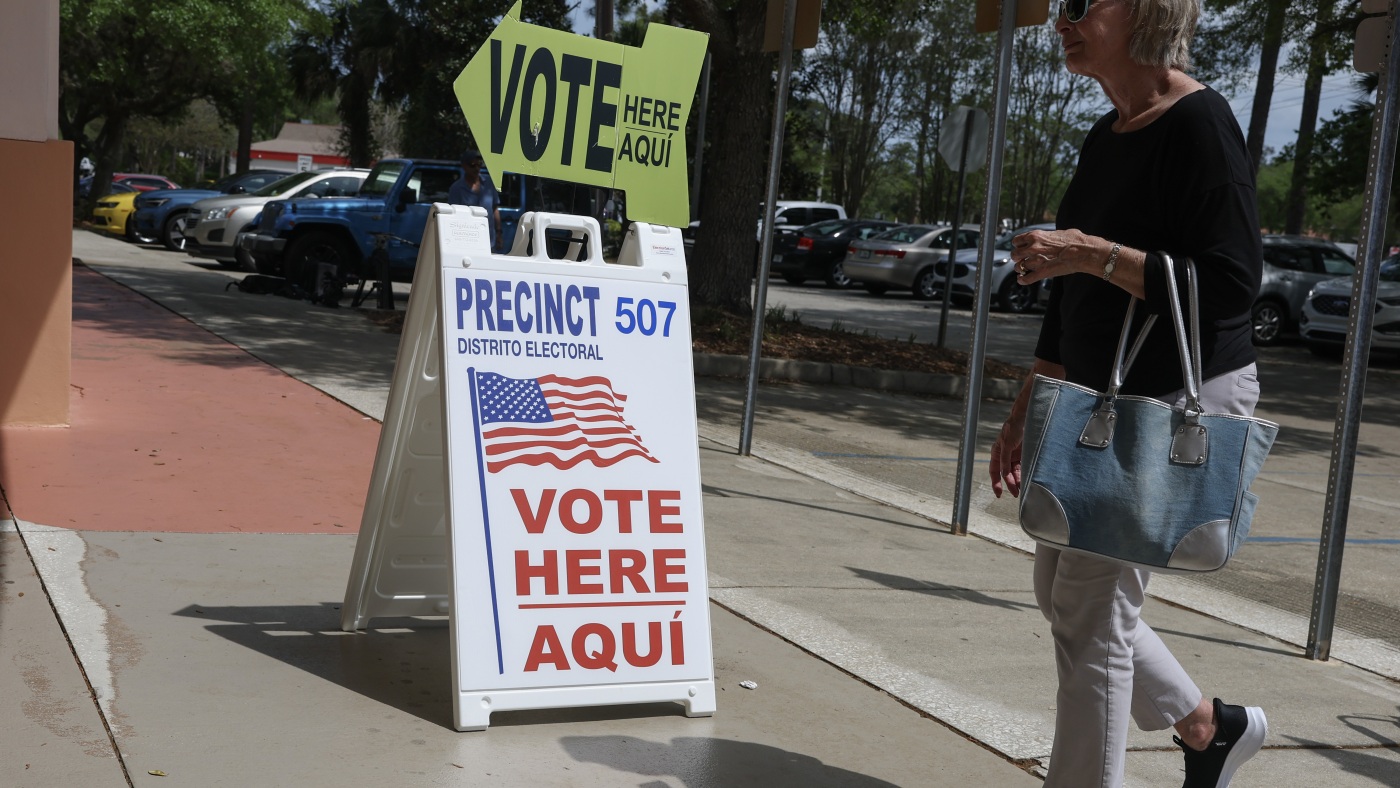The recent judicial actions imposing pauses on significant portions of President Donald Trump’s sweeping executive order concerning voting reforms have ignited extensive legal and political debates. These rulings, delivered by multiple federal judges across different jurisdictions within a short span, question the breadth of presidential power in reshaping election administration and underscore the constitutional boundaries surrounding federal election regulation.
The Executive Order and Its Provisions on Voting
President Trump’s executive order aimed to implement sweeping changes to federal election procedures, prominently including requirements that voters provide documentary proof of U.S. citizenship when registering to vote. This move represented a substantial shift in federal involvement in election administration, a domain traditionally managed by state governments with oversight by Congress. The order also sought to restructure certain federal agencies and introduce new rules purportedly designed to enhance election integrity.
Judicial Responses and Legal Challenges
Within weeks of the order’s issuance, the judicial system responded decisively. A first federal judge blocked a major segment of the executive order, specifically targeting the proof-of-citizenship requirement for federal voter registration. This ruling marked the beginning of a pattern in which the courts scrutinized and limited the scope of the administration’s election policies.
Subsequently, a second judge, U.S. District Court Judge Denise Casper of Massachusetts, ruled to pause additional provisions of the executive order. This indicated judicial consensus that various elements of the order likely overstepped constitutional boundaries. Courts highlighted that election regulation powers are vested primarily in states and Congress, not the President, thus framing the executive order as an overreach of executive authority.
Multiple lawsuits from state attorneys general and voting rights organizations fueled these judicial interventions, framing the executive actions as potential violations of voting rights and federal election laws. The blocking of these critical provisions effectively halted immediate implementation, reflecting widespread concern about possible voter disenfranchisement and constitutional improprieties.
Constitutional Considerations
Central to judicial opposition is the constitutional principle that federal elections are regulated by a combination of state authority and congressional legislation. The executive branch lacks unilateral power to impose sweeping election rules or organizational overhauls impacting electoral processes. Indeed, courts underscored that the Constitution’s grants of power do not encompass the president’s attempt to redefine election administration through executive fiat.
Additionally, judges expressed concern over the potential disenfranchisement stemming from strict documentary proof-of-citizenship requirements, which critics argue could suppress legitimate voter participation—particularly among marginalized populations. This judicial pushback reflects broader debates about voter access, election security, and the balance between preventing fraud and ensuring broad electoral participation.
Implications of the Judicial Halts
The successive court rulings pausing parts of the executive order send a clear message about judicial vigilance in maintaining constitutional checks on executive power, especially regarding electoral governance. These decisions uphold a legal framework that respects the separation of powers and protects voter rights from unilateral presidential mandates.
Politically, the rulings likely intensify partisan divisions surrounding election law and policy, as the administration’s intentions to reshape voting requirements clash with advocacy groups cautioning against restrictive measures. The pauses maintain the status quo on voter registration processes until legal challenges fully resolve, effectively forestalling any immediate implementation of the president’s directives.
Broader Context: Executive Power and Election Integrity
The dispute over this executive order is symptomatic of broader tensions in American politics regarding election administration and executive authority. President Trump’s pattern of issuing expansive executive orders on a range of issues has led to a litany of lawsuits and judicial pushbacks, illustrating limits to unilateral presidential action.
Moreover, the moment taps into nationwide conversations about voter ID laws, electoral integrity, and access to the ballot box, with courts increasingly serving as arenas where these fundamental questions are contested. The judiciary’s role in mediating these conflicts remains pivotal in defining the boundaries of election law reform.
—
Conclusion: Judicial Checks Reaffirm Constitutional Roles in Election Governance
The judicial interventions temporarily halting key sections of President Trump’s executive order on voting reaffirm the constitutional balance between branches of government, emphasizing that election rules are a shared responsibility of states and Congress—not the sole province of the executive. These rulings protect voter rights from abrupt, unilateral changes and uphold established legal procedures for reforming federal elections.
As the legal battles continue, the courts’ willingness to restrain overexpansive executive actions helps to ensure that election integrity and voter access are preserved within constitutional frameworks. The episode stands as a striking reminder of the judiciary’s critical function in preserving democratic processes, illustrating that even sweeping presidential ambitions are subject to legal limits and democratic safeguards.


